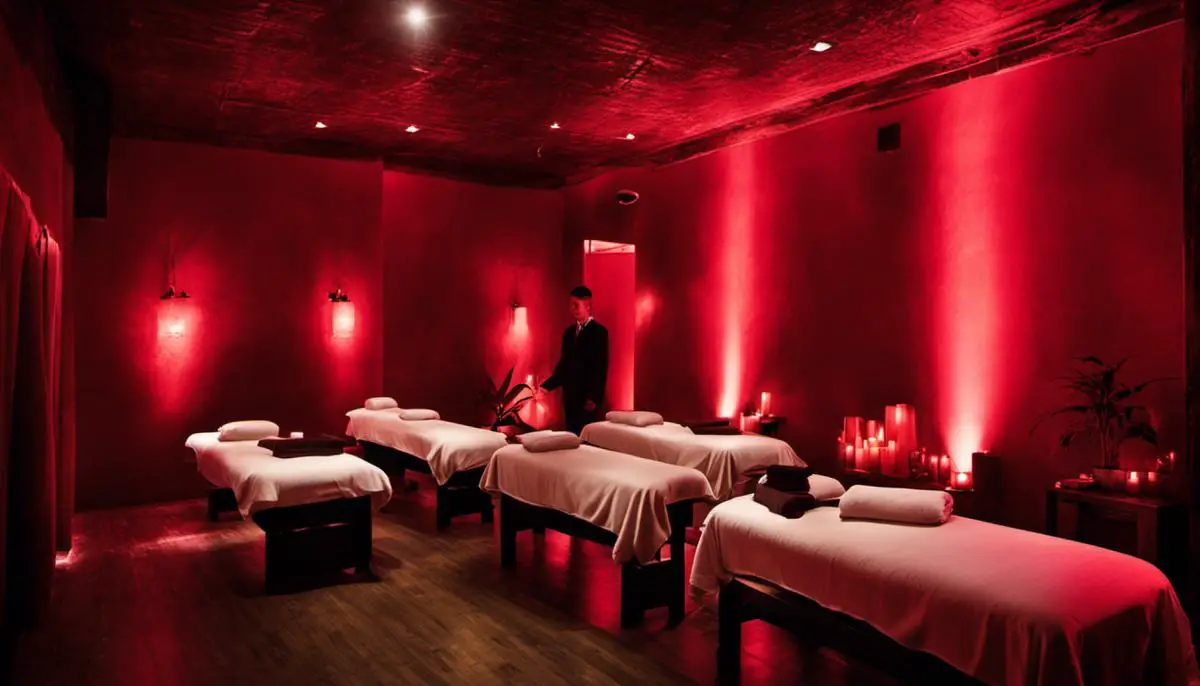The subject of massage parlors, with their intricate history, ambiguous legality, pervasive stereotypes, and socio-economic footprint, has always rendered a whirl of curiosity and apprehension encased in thick layers of misinformation. The ink of history narrates an intriguing story of their evolution, heralding a journey from shadowy corners to brightly lit health centers, unnerving the public’s perception.
Navigating the labyrinth of legislations and murky regulations, enveloped in a cloak of societal stigma, is a monumental task that has led to a perpetually dubious outlook on their legality. The grand mosaic of this discourse shall reveal the stark contrast between vilified ‘red-lit establishments’ and recognized ‘spa-like’ structures, aiming to delineate the legitimacy of massage parlors while also weighing their socio-economic impact.
Table of Contents
What is a Massage Parlor?
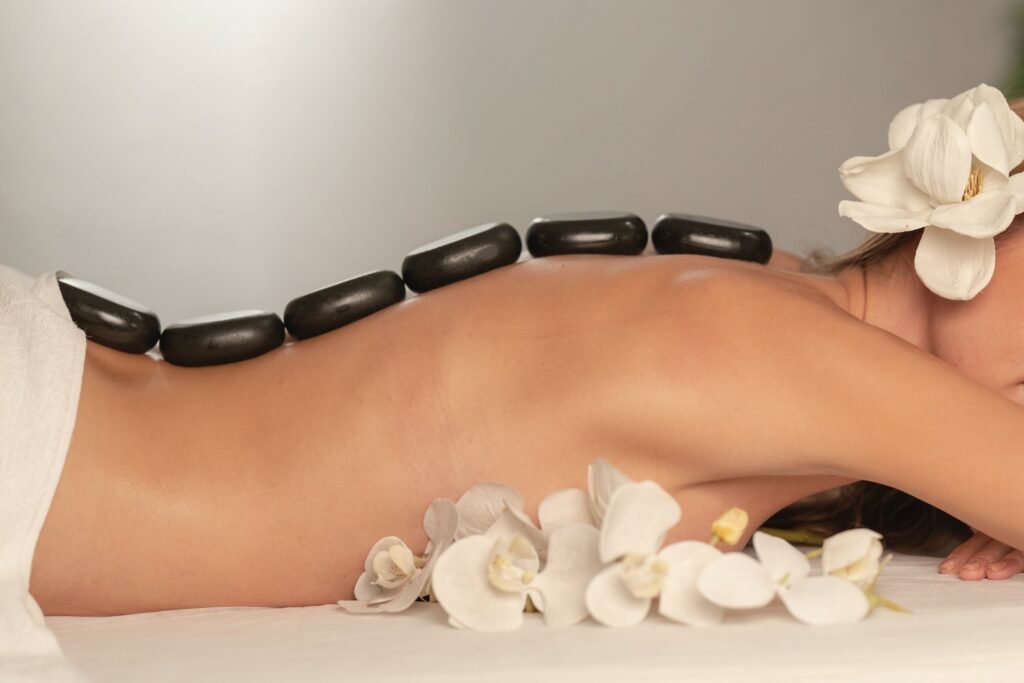
A massage parlor is a business establishment that offers professional massage services for health or relaxation purposes. Massage parlors often provide different massages, including Swedish, deep tissue, sports, hot stone, etc. Licensed massage therapists with specialized training in various massage techniques perform these services. Massage parlors may offer additional wellness services like aromatherapy, reflexology, or spa treatments. It’s important to note that while most massage parlors operate legally and professionally, the term has sometimes been associated with businesses offering illegal activities. It’s always advisable to research and choose reputable establishments for massage therapy.
The History and Perception of Massage Parlors

Against the dimly lit backdrop of America’s urban sprawl stands an institution as old as time, or at least as old as Victorian pragmatism – the terminally misunderstood massage parlor. A place of hushed whispers and snide, knowing grins, carrying baggage heavier than the Star of Africa diamond. But why? Oh, do sit down, mon frère, and let’s chat.
Massage For Masses in Ancient Greece and Rome
Massage parlors, often brushed aside as dens of iniquity by the chattering classes, were once an aesthetic symbol of wealth and relaxation. The Romans and Greeks indulged, their philosophers enjoyed a hearty rubdown while pontificating about the meaning of life. Fast forward a few centuries, and you’d find massage parlors flourishing in the medieval eastern world. Talk about longevity!
Underground In the Victorian Era
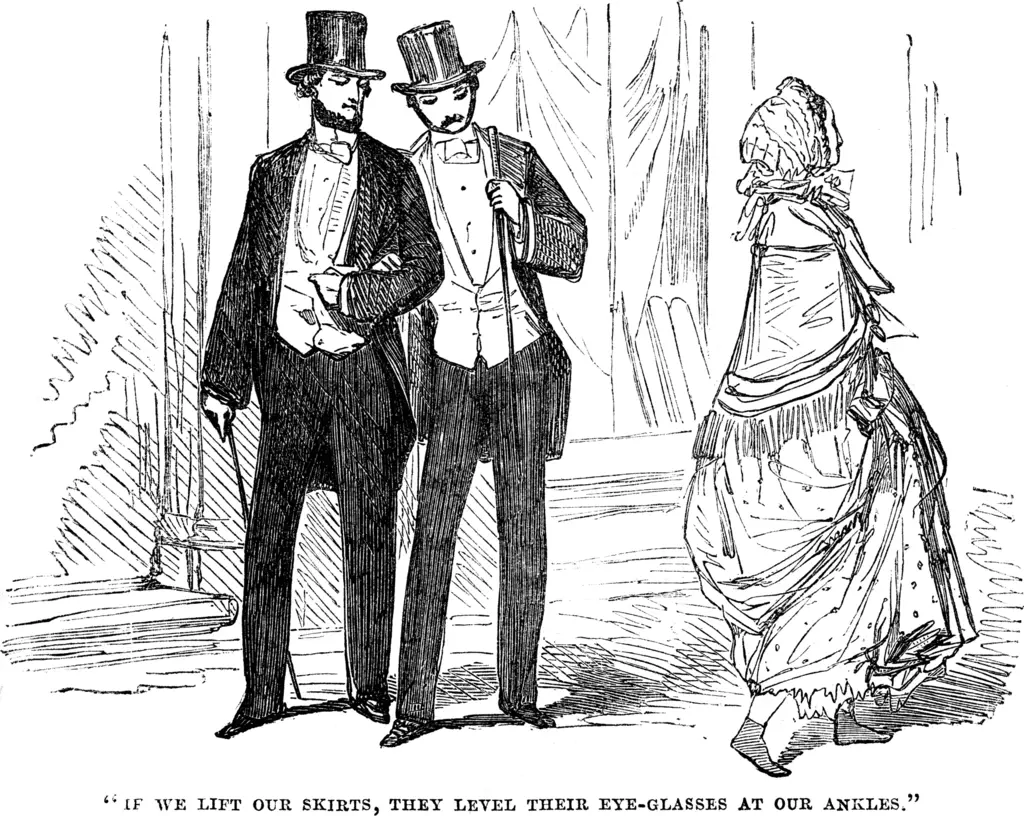
Time trundled on, and with it came the gnarly fingers of Western prejudice. The Victorian era, where body shaming was as en vogue as voluminous skirts, didn’t bode well for the massage parlor’s reputation. The upper crust, with their stiff-lipped moralism, clutched their pearls at the sight of ‘public baths’. Oh, the horror! The sanctity of massage parlors buckled under the weight of Victorian prudery, leading to their association with the underworld.
Fast forward again, if you would be so kind. This rollercoaster ride lands us in the 19th-century Wild West. I hope you’ve packed your six-shooter and finest snark. Here, massage parlors were the commercial facades for brothels, made so by a judiciary charmingly oblivious to their (wink, nudge) ‘dual purpose.’ This tidbit of history is the equivalent of tripping and spilling all your questionable secrets—once it’s done, no amount of PR can clean up the mess.
Orientalism Stigma
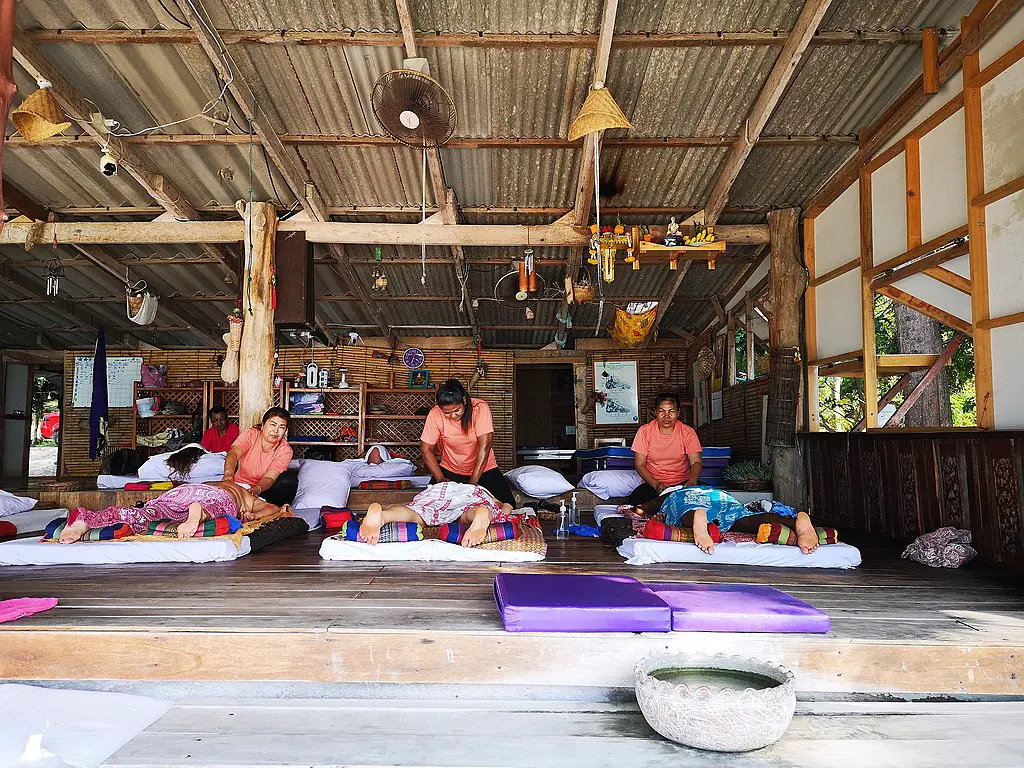
Bang the gong! Enter the 20th century and America’s obsession with Orientalism. Massage parlors, dotted across urban labyrinths, became trapped in this exotic fetishization. Unfortunately, they also became the prime targets of vice officers wanting to make a statement. The media, hungry for scandal (and probably deprived of a decent aperitif), lapped it up.
This brings us stumbling and hungover into the 21st century. Massage parlors are still trying to extract themselves from the quicksand of sordid associations despite a concerted push towards legitimacy. Society’s smirking conjectures and raised eyebrows have etched their mark.
While most of us desire to taste history’s rich chronicles of life and humanity, we’ve gorged rather heavily on this, helping with preconceptions. And in the case of massage parlors, one sees how difficult it is to divorce ingrained historical bias from reality. But let’s not descend into melancholy—it isn’t good for digestion and is woefully out of style. Instead, ponder this: preconceptions, while as American as apple pie, are equally liable to be packed with sour notes.
After all, even Victorian prudery couldn’t diminish the fact that a good back rub, under expert hands, can be a slice of heaven. Is that important? Bingo! It’s more than an immaculate manicure at a nail salon or a respectable buzz from local apple cider. So, here’s to massage parlors! May they continue kneading knots in backs and, hopefully, iron out a few in history’s fabric.
The Legislative Maze Surrounding Massage Parlors

And so, we reach uncharted territory—an abyss to some, a labyrinth to others—the legal jungle surrounding massage parlors. Now, don’t be coy and blush at this point. After all, it’s the law we’re diving into, not seven shades of saucy scandal. So, lace up those metaphorical boots and prepare for an excursion into the nitty-gritty of legalities, where ‘rubbing someone the wrong way’ could take on a whole new meaning.
First, don your spectacles and open the Code of Federal Regulations—Title 16, Commercial Practices, for the uninitiated. It reads like postmodern poetry penned by a bored bureaucrat. You’ll quickly discern that legitimacy necessitates a bathtub full of licenses and permits. Further, these papers aren’t static but pulsate across the country like waves, changing with each state border crossed. Perhaps Hemingway would dub it the ‘Old Regulatory and the Sea.’
Education for Professional Masseuse
In manic New York, a massage therapist requires more than 1000 hours of education in kneading knots, besides passing examinations that are more rigorous than those of an Olympic qualifier. Wheel down to Kentucky, and the Bluegrass State politely requests only half. One does wonder, does a New Yorker carry twice the tension in their trapezius than a Kentuckian? Ah, the mysteries of existence…
Step back from all this education momentarily and picture this: A squeaky clean parlor filled with licensing plaques. Owner, therapists, even the front desk clerk—you name them, they’re licensed. But oh, dear reader, the tale of legality does not conclude here. A sneaky creature called zoning (not quite the soothing Zen it suggests) makes a grand entrance.
Zoned To The Edges Of Town
Zoning, the uninvited dinner guest at the parlor’s party, dictates where these establishments can unfurl their massage tables. Don’t expect corner offices overlooking Central Park. Brace for the ambiance of industrial parks or be nestled between the neon glow of liquor stores and coin laundries. Simply put, it’s the urban equivalent of banishing an undesirable cousin to the attic room at Christmas.
Then there’s the Massage Law—Title 29 of the United States Code. If it had a catchphrase, it would probably be ‘Don’t touch that!’ Touch, the cornerstone of any massage, is dipped in a vat of gray. Unauthorized touch, unhappy endings, and the unsaid fears of a cultural scandal make navigating this domain as tantalizing as traversing a minefield… blindfolded on a unicycle.
The Era of Popularity of Swedish Massage
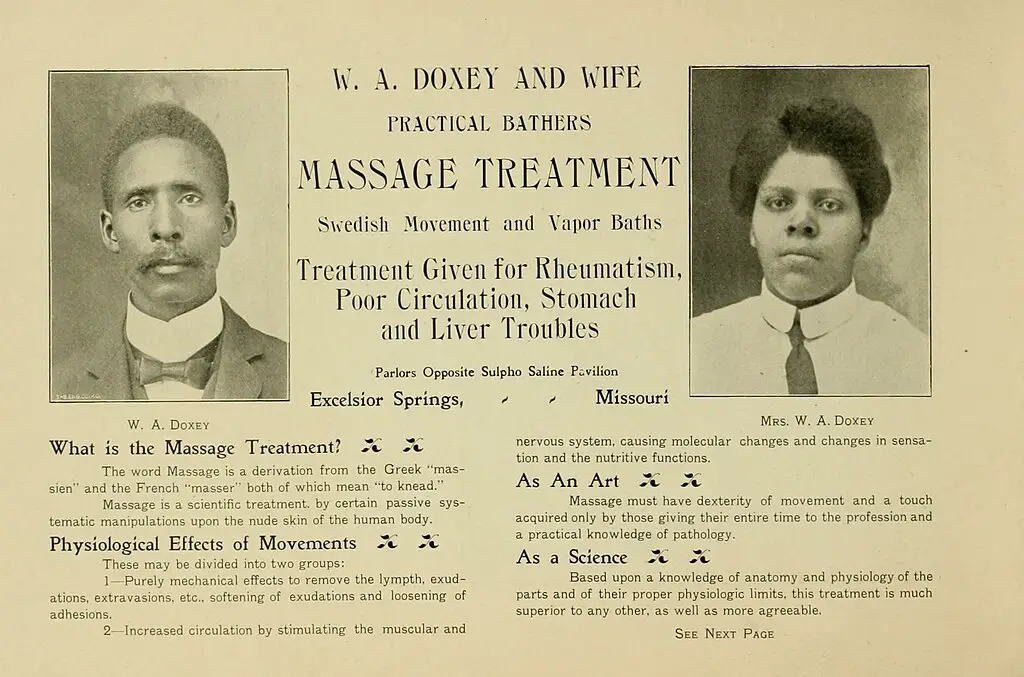
Swedish massage, one of the most commonly offered and well-known types, has seen a surge in popularity in recent years. This therapeutic method originated in Sweden and is praised for its myriad health benefits, including stress reduction, muscle relaxation, and improved blood circulation. Its techniques, which include long gliding strokes, kneading, and friction, effectively relieve muscle tension and promote relaxation. The increasing awareness of the importance of wellness and self-care has significantly contributed to the growing demand for Swedish massage worldwide. Furthermore, its accessibility and non-invasive nature make it a preferred choice for many who seek relief from stress and body aches.
Historic Bias Vs. Professional Realty of Massage Therapy
As we draw this tour to a close, you might wonder why these parlors live on the fringes, dotting the outskirts of legality. Ah, there’s a wicked twist. Regulation, while seen as a burden, also engenders safety. In its absence, chaos ensues, where predators lurk, preying on the vulnerable. So perhaps these tortuous legalities do have a vital role in revealing the shadows that encircle this ancient art.
So yes, the realm of massage parlors is steeped in challenging legalities, with rules as labyrinthine as a Chicago freeway map. It is as twisted indeed, but equally an irresistible challenge to once more shed prejudices and misconceptions and bring to light the essence of what they are—a healthful domain providing relief from life’s relentless poundings if only society would let them.
Stigmatization and Stereotypes: ‘Professional’ vs ‘Illicit’

Allow us to garner a stroll down the primrose path of distinction: what separates the professional massage establishments from those shunned and rechristened the ‘Den of Iniquity.’ It’s like the difference between savoring a perfectly aged Bordeaux and swigging cooking wine straight from the bottle.
The Prostitution Label on Massage Therapy
Diving headfirst into the murky waters of legality, massage parlors exist in a labyrinth more complex than a 19th-century Fabergé egg auction. And much like that ostensibly gold-encrusted bauble, it’s mostly about what’s inside. Beyond the sturdy mahogany doors of professional massage establishments, it breathes an environment of education and licensure. Massage therapists are safe bets for inducing relaxation as quickly as tourists flock to Mackinac Island in summer.
States have tighter standards on these establishments than Madonna has control issues. These rules are as multivariate as a potluck at a Weight Watchers meeting. Mom-and-pop diners across Wyoming have less to do with food safety regulations. Each state carves its regulatory monolith, setting distinctly bespoke requirements for education and licensure. In some places, the standards are loftier than Jack’s famous beanstalk; in others, they’re as scarce as a Siberian hamster.
Zoning Keeps Massage Therapy Shops Out Of Sight
Rules are harsh mistresses, but their influence extends beyond the therapist’s skill. Take zoning regulations, those fussy denizens directing where establishments may shop. They’re worse than the pickiest eater at a buffet—only certain areas will satisfy these connoisseurs of commerce. We’ve found them cheek by jowl with liquor stores and laundromats than we’d care to admit. All are enforced with a stern wagging finger courtesy of local government, ensuring you can’t throw a hot stone without hitting a convenience store or a fast-food outlet.
Gray areas within the Massage Law are as frequent as potholes on Michigan roads. Context is critical, like being tickled by a feather or pelted by a hailstone. ‘Touch’ in a massage parlor is a touchy subject. One person’s kneading is another’s kneecap to the groin; it’s no wonder things can get as convoluted as a pretzel.
Enter regulations that unsolicited chaperone at your high school dance. Ensuring safety may seem as appealing as watching paint dry, but it’s as important as the punch bowl’s location in an industry that revolves around personal contact.
Stereotypes Hold Back Progress
Adjourn your judgment and exhale the stereotypes you inherited from sepia-toned days long gone by. Today’s massage establishments strive to shake off stigmas like a wet dog on a rainy day. Yet, navigating the societal misconceptions remains as challenging as biting an apple through a picket fence. Each venue appears ensnared in a web of public scrutiny, more knotted than headphone cords in a pocket.
Spare a thought and perhaps a knot-ridden shoulder next time you pass by these institutions, weathering the storm of suspicion. For beneath the neon ‘Massage’ signs flickers a glimmer of respectability, awaiting patient recognition like a wallflower at a social dance. Be careful now, don’t step on any toes.
The Socio-economic Impact of Massage Parlors

Those nimble fingers kneading their craft are just the tip of the economic iceberg; beneath the Zen-like hum of massage parlors lay the intricate underpinnings of their socio-economic footprint.
With brothels and opium dens in the rear-view mirror, massage parlors now claw out their existence on the periphery of white-picket-fence respectability. Just shy of ‘polite salon talk,’ the parlor teeters – a tight-rope walker in a world of pejorative assumptions, only held steady by the reality of its economic significance. Said reality, starker than Lady Gaga’s choice of attire, is that, despite society’s furrowed brows, the massage parlor business is an unsung hero of local economies.
The Economic Size of the Massage Industry
Twenty billion dollars; that’s the grandeur of the American massage industry, with homemade parlor signs staking claim to a sizeable portion. It’s funny how the scent of greenbacks bears striking similarities to the eucalyptus-infused massage oil. They pump essential oils and dollars into local and state tax coffers. They provide gainful employment, from the 30-something masseuses to the frugal investors who house these oases of serenity in urban and suburban outcroppings.
Consider the local commerce they inspire. Take a tour down Main Street USA: what’s next to that massage parlor? If you’re lucky, a candle store, a flower shop, perhaps a chocolatier. The parlor serves as a commercial anchor, an economic blood pump to the artery of local businesses. Each soothing massage stroke ripples through the veins of neighboring commerce. If only society could shed its presumptuous cocoon and emerge with due respect for the parlor’s true worth.
Caught between the cogs of government theatrics, the massage parlor tangoes its way through a labyrinth of bureaucracy. Zoning rules were written by Kafka’s third cousin, licensing requirements as precise as a coded Da Vinci painting, and taxes that’d give even a Wall Street exec an ulcer.
If Massage Is So Good, Why Arent There More?
Think starting a parlor is a stroll in the park? Picture a relay race – only everyone’s running in a different direction. State education and licensure laws have more switches than a chameleon in a rainbow. Without so much as a “one size fits all,” every path to the sanctified massage table is unique.
Then comes the tangible proof that the profession often caters to a clientele oblivious to its complexities: the tip. A peculiar dance of etiquette and respect, often society’s final snub at these hard laborers. Is it extra flattery or the deserved respect for digging into your knotted muscles?
Why Don’t Police Raid Massage Parlors
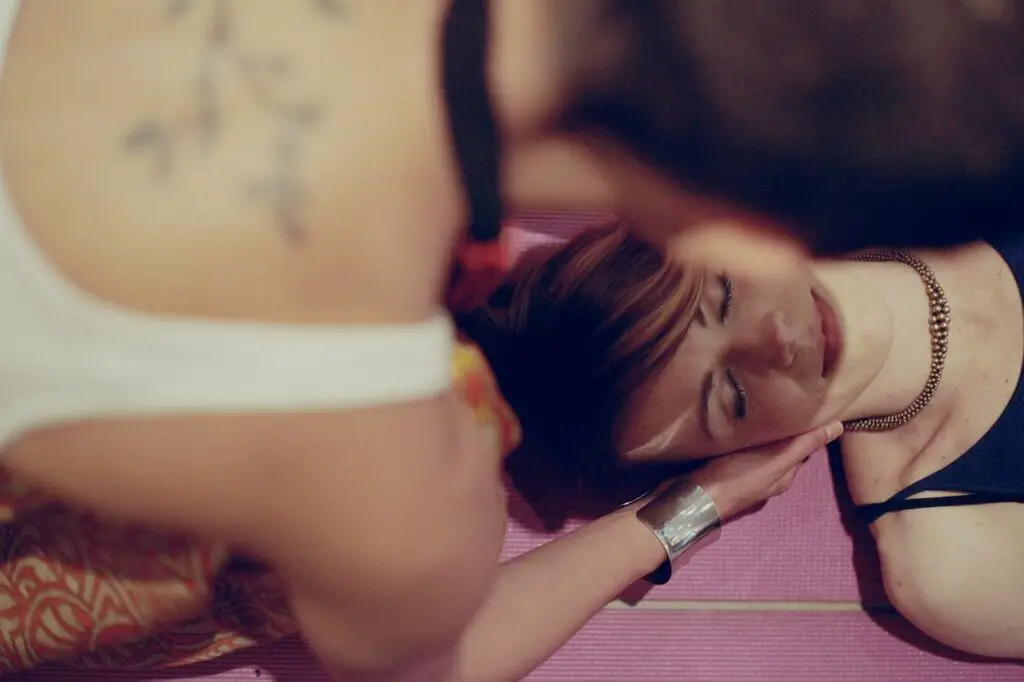
Forget the velvet glove of public respectability; the iron hand of socio-economic contribution is the massage parlor’s real claim to fame. Even as the world squirms shy of acknowledging it, massage parlors stand robust, bolstering local economies, delivering physical relief, and providing gainful employment.
Next time you’re five minutes into a shiatsu massage, flirting with nirvana as strong hands strum at your aching back, remember, it’s not just you. They’re helping. They’re working miracles of a different kind beyond the four walls of that quiet symphony of scented candles and mellow lighting.
Just maybe, one day, the socio-economic worth will ripple up to the surface, shadowing societal bias, and massage parlors will rise, like the phoenix, in all their underestimated glory. There’s always hope. After all, we Americans love an underdog story.
Final Thoughts About The Legitimacy Of Massage Parlors

Consequently, the narrative of massage parlors is far from simplistic black and white. It’s a continuum of shades representing the dichotomy of societal viewpoints, poised on a tightrope of legality and stigma. The thick fog of media frenzy, coupled with ambiguous laws and authority measures, frequently shadows legitimate establishments’ significant economic contributions and therapeutic values. A more discerning understanding of the massage parlor landscape, bereft of judgment, stereotyping, and illogical biases, is a necessity of the time. This crucial perspective will not only refashion prevalent mindsets but also foster a healthier and more informed societal outlook toward the massage parlor industry.
Related Reading

Top 10 Hottest News Personalities in the United States
Profiles of Inspiring Indian Women Who Changed the World
Mastering Gentlemen’s Club Etiquette: A Guide
How To Make Sex Exciting with Toys
The Best Pole Dancing Classes in Chicago

